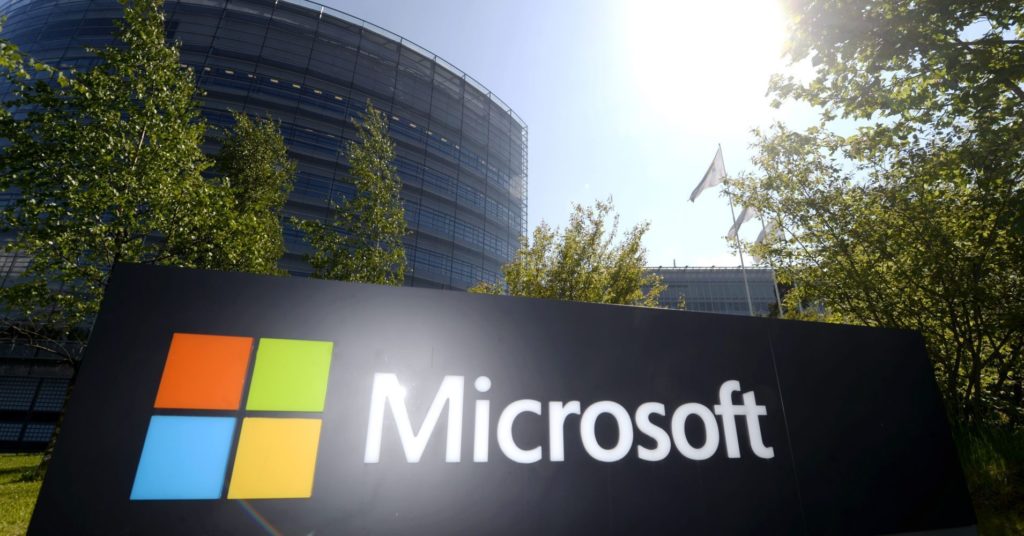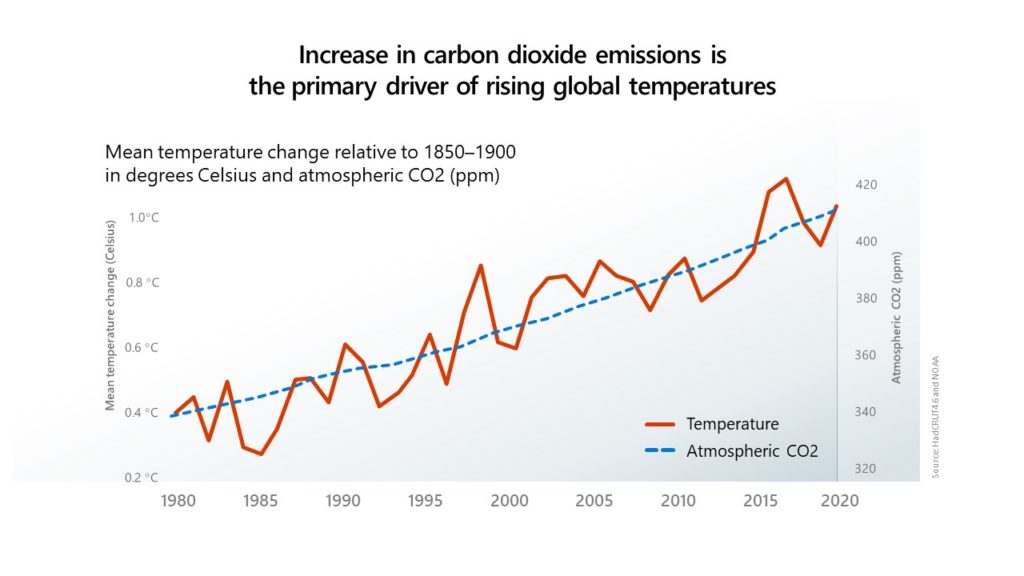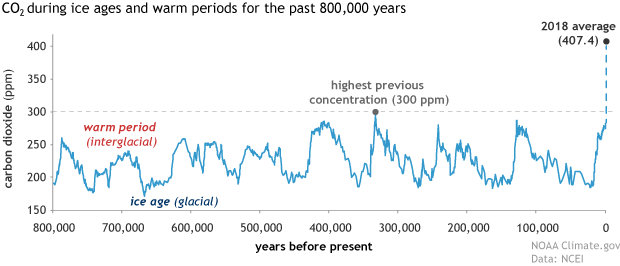
Microsoft Plans to be Carbon Negative by 2030
Scientists have overwhelmingly shown that our climate is warming and that human-related carbon emissions are a cause of it. But with some politicians and leaders still denying these realities, who will stand up for the facts? How can change be enacted to correct this massive issue? Thankfully, Microsoft is willing to take leadership not only in technology, but in its aftereffects as well. The company has a plan to offset carbon emissions, and it’s not a flimsy one–they aim to remove their entire carbon footprint and even go beyond that, removing more carbon than they produce. Within the next ten years, Microsoft plans to be carbon negative.
Taking responsibility for climate change
It’s unfortunate that there are still leaders out there who deny that humans play a role in climate change, or indeed that climate change exists at all. Science shows clearly that the global temperature is rising, and that carbon dioxide in the atmosphere is directly correlated to that rise.

We’ve all heard the argument, “Temperature has fluctuated warmer and colder throughout the earth’s history; we have nothing to do with it.” While the first part of that argument is true, the second part is absurd. Humans have spiked carbon dioxide levels far beyond anywhere they’ve been in the history of our planet.

NASA tells us that the “relentless rise in CO2 shows a remarkably constant relationship with fossil-fuel burning.” Denying our human role in these atmospheric and temperature changes is simply an attempt to opt out of taking responsibility for the effects of our actions.
Emission-related terms
It’s worth clarifying the differences between some terms that companies have used in their efforts to reduce carbon emissions. Here are some commonly used phrases that mean different things:
- Carbon neutral. Companies claim to be carbon neutral if they make payments to offset their carbon emissions. They can choose to direct their payments toward proactive CO2 reduction (like planting trees) or toward the avoidance of more CO2 production (paying someone not to deforest). Since many companies choose the latter, they are not actually offsetting their emissions–they’re just helping not to create even more. Microsoft has strived to be carbon neutral since 2012 (using the latter solution above) but they now recognize that this is not enough.
- Net zero. In this scenario a company achieves a net balance of zero CO2 emissions, meaning that they take enough proactive action to actually remove as much carbon as they produce. If their company did not exist, the net carbon in the atmosphere would be the same.
- Carbon negative. In this rare case, a company goes beyond the steps necessary to remove their own carbon emissions and contributes to the removal of more carbon than they produce. Since so many individuals and companies do nothing to offset their carbon, this is the only approach that could realistically make an improvement. Microsoft has a goal to reach this status by 2030.
Microsoft’s seven principles
Just like Gartner’s Magic Quadrant shows, Microsoft is not only a visionary company but one that executes visions as well. Simply announcing an ambitious and idealistic goal isn’t enough to make it happen. The company has developed a detailed plan for this effort, guided by seven principles:
- Grounding in science and math. Scientists classify carbon emissions into three scopes: 1) Those that individuals or enterprises directly release, like the exhaust from their vehicles; 2) Indirect emissions from electricity and heat that the they use; and 3) Even less direct emissions from things like food they eat, purchases they make, etc. This last scope is often overlooked, but it makes up the majority of the CO2 release that a person or company is responsible for. Microsoft admits that it previously did not account enough for scope 3, and the company now calculates its emissions in all three scopes.
- Taking responsibility. Plans on how to take responsibility include shifting to 100% renewable energy by 2025, switching to electric vehicles across all operations by 2030, and incentivizing suppliers to reduce their emissions as well.
- Investing in carbon reduction technology. Microsoft will designate a new Climate Innovation Fund to support climate technologies. They base their criteria for support on meaningful impact, ability to accelerate solutions, relevance for Microsoft use, and climate equity (consideration of developing economies). They also offer grants through their AI for Earth program.
- Empowering customers. Tools like the new Microsoft Sustainability Calculator can help customers understand their emissions from Azure services–including the scope 3 emissions–in a Power BI dashboard. Microsoft is also launching a matching solution with Vattenfall, where customers can select the renewable energy of their choice and set their support to match their consumption. Additionally, they’ll be collaborating with customers and partners to develop standards and solutions together.
- Keeping transparency. Microsoft supports strong transparency and will publicly track their progress in their annual Environmental Sustainability Report. They’ve also signed the United Nations’ 1.5°C Business Ambition Pledge, which aims to limit global temperature rise to 1.5°C above pre-industrial levels.
- Using their voice on public policy. The company plans to use its voice to promote government policies and funding for the cause, removal of regulatory barriers, increased consumer awareness and market-based incentives.
- Enlisting their employees. Microsoft will get its own employees involved by providing learning opportunities and hosting events and activities that empower them to act.
Following Microsoft’s carbon-reducing lead
One great thing about this massive goal is that Microsoft is a big company and has the capacity to make substantial change. The other great thing is that Microsoft is a big company and has the voice to influence others. As with the 3 emission scopes, the biggest impacts are actually the indirect ones. So Microsoft’s most important environmental improvements will only take place if they inspire others to act as well. Here are some ideas on how you can get involved too:
- Spread the news about Microsoft’s commitments toward reducing atmospheric CO2 and moving to sustainable energy solutions.
- Use their tools for discovering your company’s carbon emissions, and explore how to cut down and/or offset your emissions.
- Consider ways that your organization could partner with Microsoft to make positive changes.
- Support legislation that recognizes and addresses climate change.
- Get your own friends and family interested. Educational and interactive websites (like this carbon footprint calculator) can raise awareness even in kids. Nothing is too small, and we have to start somewhere.
With campaign season on the rise, you might want to read up on 10 Ways to Use Microsoft 365 for Campaigns in 2020. In case you missed RSAC, you can catch up on Microsoft’s top announcements here.
